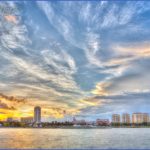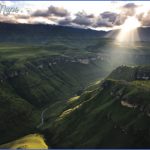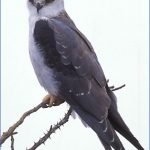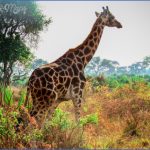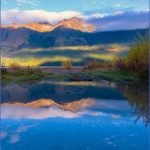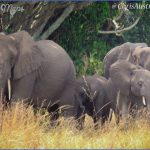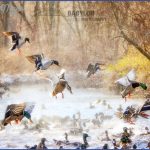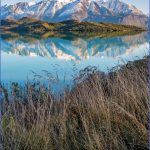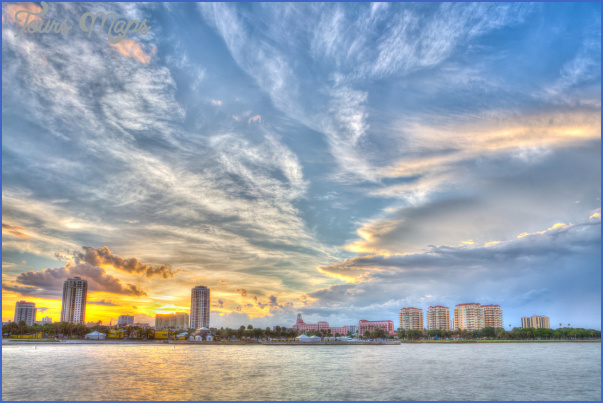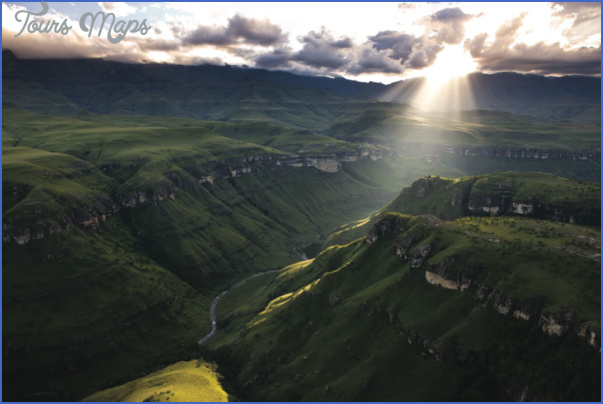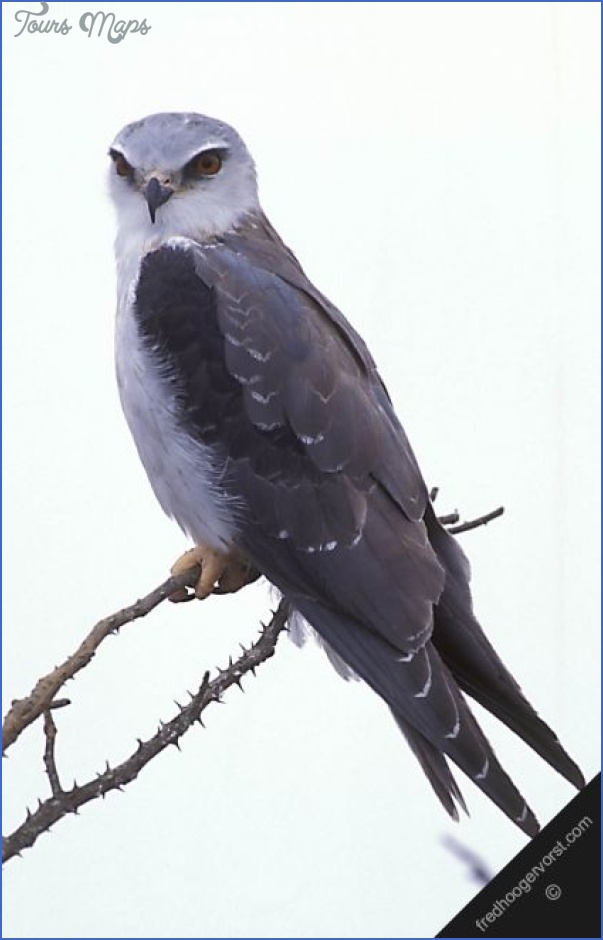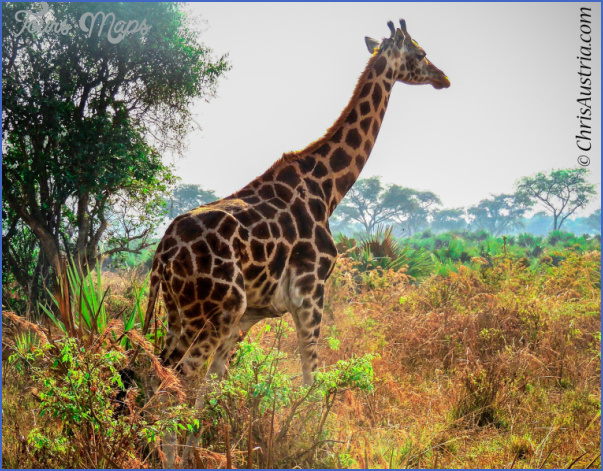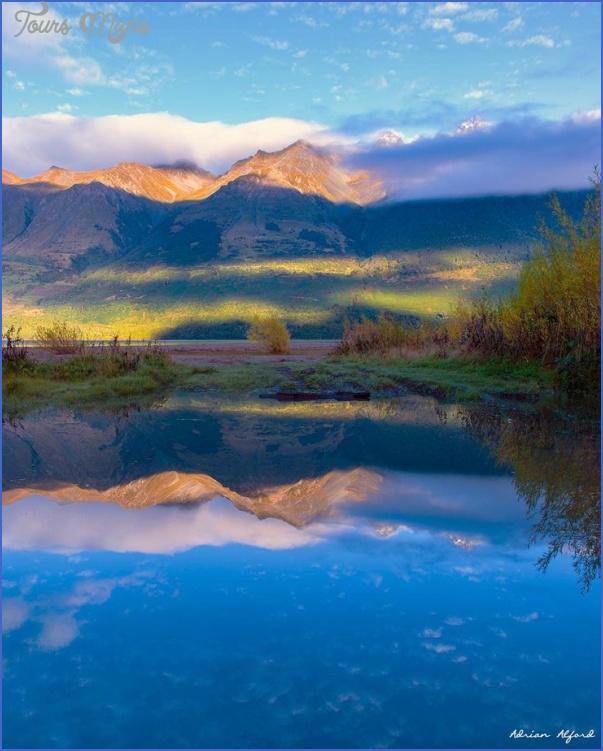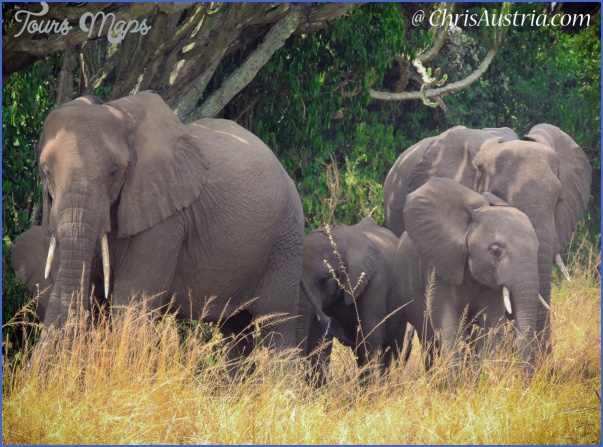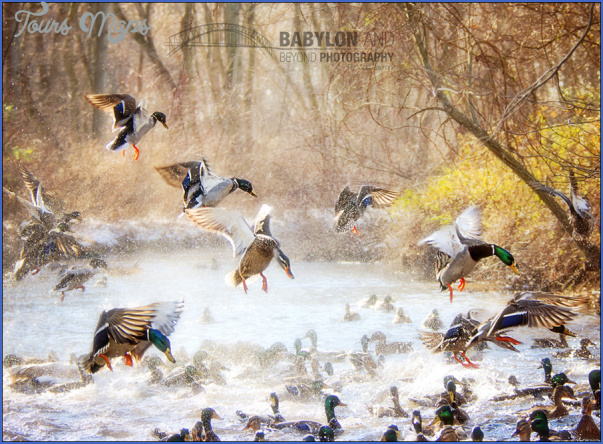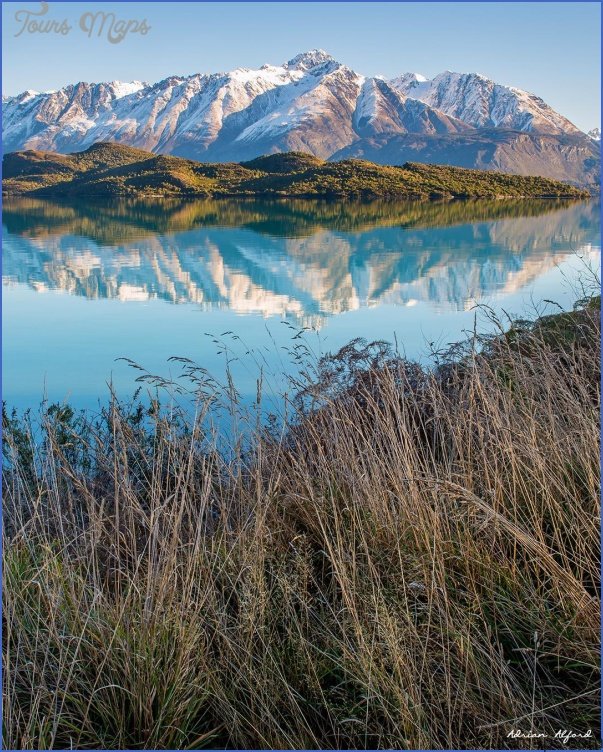Except that, having paddled on along this huge waterway for maybe 200 m, I heard them calling behind me, ‘Hello, hello!’ What could they possibly want? I thought I must investigate so I turned my canoe and headed back to them. They had an apology and a correction to make. They had thought I wanted the town centre (this waterway headed into the centre of the nearest town and away from the National Park) and not the canoe centre. I was paddling in precisely the wrong direction.
I thanked them for the revised directions: ‘You go back this way and take the next waterway on the left’. No naval ‘port’ or ‘starboard’ here. But by now my arms were aching. I paddled as far as the waterway junction, turned left into what was a much smaller canal and rested by the bank. After a while, a small boat came towards me, its four or five occupants rowing steadily along. Stopping to exchange a greeting, they asked if I had been looking for beavers. They knew that was almost impossible by day but mentioned an evening’s beaver search led by experienced guides the following day.
Nature Wildlife And Travel Photographer Photo Gallery
Half an hour later I set off reinvigorated by tomorrow night’s prospects. But I needed to get back to the canoe centre first. This didn’t prove quite as easy – yet again – as the directions I was given. I was beginning to wonder how I would make out in the fading evening gloom the following night (even with a guide) if I was having this much trouble in broad daylight. The canal I was travelling along suddenly divided into two (the Dutch ladies in the rowing boat hadn’t mentioned that); I gambled on the right arm and set off, encountered a moored boat and asked again for directions. Another couple of kilometres, weary and with arms that felt like lead, the canoe centre came into view. What a relief. I was over two hours longer than I had suggested I would be, they were getting worried for my safety, and they charged me another few Euros for the extended hire period! But all I was bothered about was getting some rest.
The following evening, with a group of six others and two guides, I set off again on the same set of waterways, each of us in an individual canoe. A rainstorm had passed over and the globe-like setting sun, low in the sky, had reappeared. Less than an hour later, we clustered our canoes together in a spot where two narrow waterways joined, the sunset lighting up the scatter of reeds fringing the muddy creeks a gorgeous orange-yellow. Our two knowledgeable Dutch guides, Frans Bax and Leen Fijnekam, were talking to us about beaver lodge construction, first in Dutch and then in English. They had already told us not to be over-optimistic about our chances of seeing a beaver. Most times on these evening canoe trips they didn’t spot one; when they did it was usually swimming in the distance along a creek.
My optimism had sunk rather when, totally unexpectedly, a full-grown beaver swam right past us maybe 4 m away. For what seemed like several seconds those of us lucky enough to spot it were too awe-struck to speak. It swam slowly, nonchalantly right past us, almost within touching distance. Only after it had gone past did we blurt out ‘beaver’. Frans and Leen were flabbergasted. Light fawn-brown, the metre-long mammal now swimming slowly ahead of us, it was hard to believe that it had come so close. We canoed quietly forward, following it along the backwater as it dived, then resurfaced several times ahead of us before we eventually lost sight of it, maybe because it swam underwater up a side-arm of the creek and out of sight.
Later that evening as darkness fell and grey puffs of mist started rising from the creeks around us, we heard a beaver dive from a bank and make a surprisingly loud
splash in the muddy waters ahead. We had heard them and seen them, closer than we all had dared to imagine.
It had been a canoe trip worth remembering, in more ways than one.
Maybe You Like Them Too
- DUBAI UNITED ARAB EMIRATES
- Anniston Map
- Wildlife Travel Guide
- Wildlife Travel To Alonissos
- National Wildlife Travel

